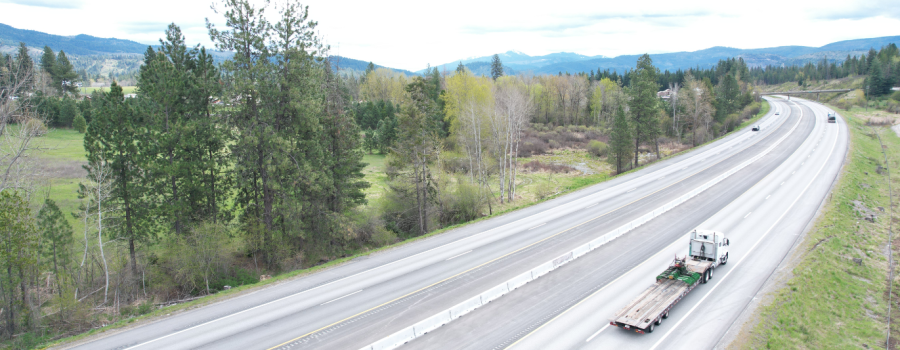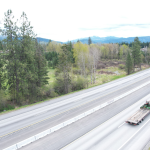North Idaho’s DUI Task Force has received a $28,750 grant from the Governors Highway Safety Association (GHSA), the National Alliance to Stop Impaired Driving (NASID), and Responsibility.org to stop multi-substance impaired drivers. This funding will train more drug recognition experts (DREs) and law-enforcement phlebotomists, giving officers better tools to detect and remove impaired drivers from our roads.
The North Idaho DUI Task Force is a coalition of 15 regional law enforcement agencies representing jurisdictions in all five northern counties of the panhandle. They work together and with partners like the Idaho Office of Highway Safety (OHS) to stop impaired drivers in the region.
In 2023 the task force worked 12 joint operations during suspected DUI peak events and hours like evenings and weekends. Those enforcement operations coincided with community outreach aimed at educating drivers about the dangers of impaired driving before they get behind the wheel. For example, during the targeted enforcement on New Year’s Eve 2023, the task force made 30 DUI arrests, responded to one DUI crash and there were no DUI-related fatalities, showing that their efforts are saving lives.
Sergeant Troy Tulleners from Idaho State Police (ISP) District One highlighted the importance of collaboration in enhancing public safety. “The Idaho State Police is proud to work with local law enforcement and the Office of Highway Safety. By pooling resources and expertise, we ensure a comprehensive approach to traffic safety.”
The new grant will improve the capacity of local law enforcement to address multi-substance impaired driving. More trained DREs and law-enforcement phlebotomists will lead to safer roads and fewer collisions, protecting lives in North Idaho.
“Our law enforcement partners in Idaho and across the country are doing everything they can to address impaired driving and make our roads safer, but they face an incredible challenge and need our support,” said GHSA Chief Executive Officer Jonathan Adkins. “GHSA’s decade-long partnership with Responsibility.org and NASID helps provide law enforcement with the resources they need to identify impaired drivers, making our roads safer for everyone.”
Sergeant Tulleners emphasized the success of partnerships in reducing collisions and improving road safety. “Together, we have made significant strides in making our roads safer. This grant funding will bolster the Task Force members’ efforts during peak enforcement times in hopes of lowering the respective fatalities. Furthermore, it will be utilized to bolster the capabilities and training of officers, on or off the task force, in recognizing and stopping impaired drivers every shift.“
# # #
About GHSA
The Governors Highway Safety Association (GHSA) is a nonprofit association representing the highway safety offices of states, territories, the District of Columbia, and Puerto Rico. GHSA provides leadership and representation for the states and territories to improve traffic safety, influence national policy, enhance program management, and promote best practices. Its members are appointed by their Governors to administer federal and state highway safety funds and implement state highway safety plans. Visit ghsa.org for more information or find us on Facebook and Twitter.
About Responsibility.org
Responsibility.org is a national not-for-profit that aims to eliminate drunk driving and work with others to end all impaired driving, eliminate underage drinking, and empower adults to make a lifetime of responsible alcohol choices. Responsibility.org is funded by the following distillers: Bacardi USA, Inc.; Beam Suntory Inc.; Brown-Forman; Campari Group; Constellation Brands; DIAGEO; Edrington, Hotaling & Co.; Mast-Jägermeister US, Inc.; Moët Hennessy USA; Ole Smoky, LLC; Pernod Ricard USA; and William Grant & Sons. For more than 30 years, Responsibility.org has transformed countless lives through programs that bring individuals, families, and communities together to inspire a lifetime of responsible alcohol choices. To learn more, please visit Responsibility.org.
About NASID
The National Alliance to Stop Impaired Driving is a coalition established and led by Responsibility.org to eliminate all forms of impaired driving, especially multiple substance impaired driving, through effective and proven measures such as DUI system reform, DUI detection, and improved use of data and technology. To learn more visit NASID.org.
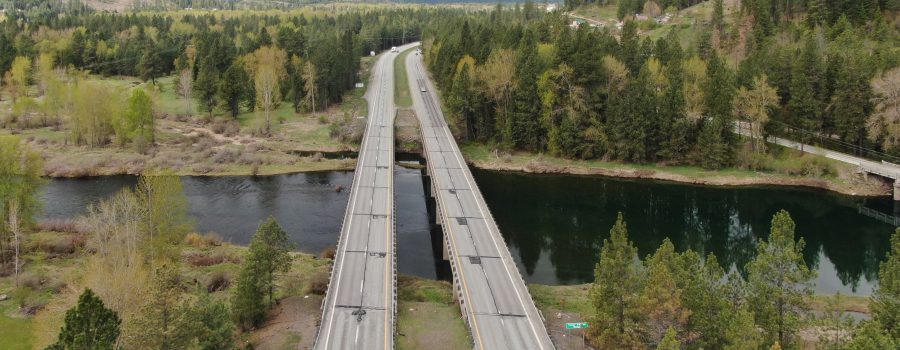
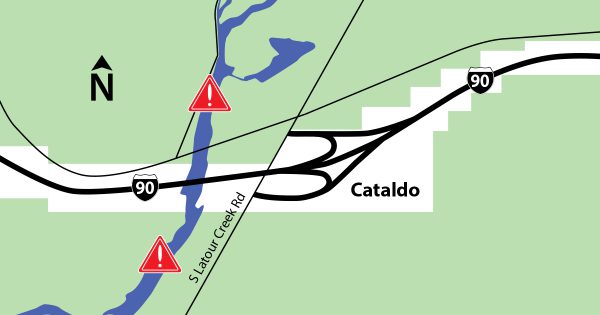 Starting as early as next week, all marine traffic will be directed to the east side of the river until safe passage beneath the temporary bridge is established. At that time access will be restricted and through-passage on the river will be closed weekly Monday through Friday from 6 a.m. to 6 p.m. for the remainder of the 2024 construction season while crews work above the river. Examples of activities that will be restricted within the work zone include, but are not limited to, boating, kayaking, swimming, tubing, and fishing.
Starting as early as next week, all marine traffic will be directed to the east side of the river until safe passage beneath the temporary bridge is established. At that time access will be restricted and through-passage on the river will be closed weekly Monday through Friday from 6 a.m. to 6 p.m. for the remainder of the 2024 construction season while crews work above the river. Examples of activities that will be restricted within the work zone include, but are not limited to, boating, kayaking, swimming, tubing, and fishing.
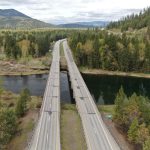
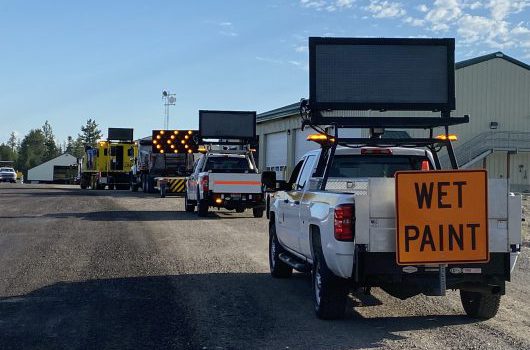
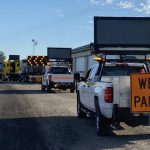
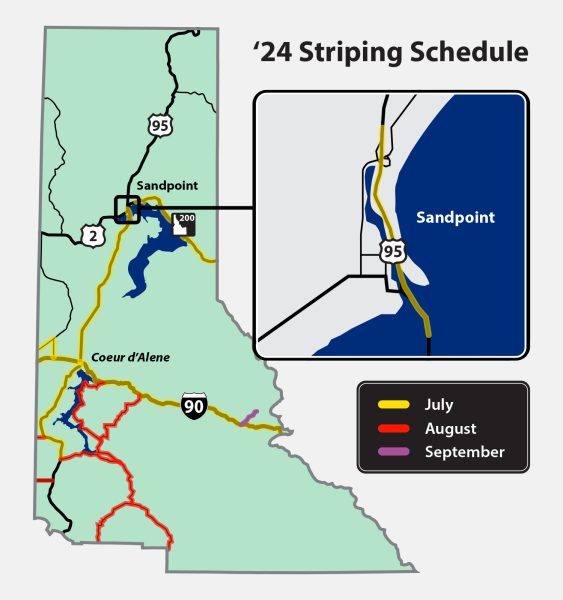 During striping operations teams are organized into a line of pace cars flanking the paint truck and are followed by a crash cushion trailer to ensure the safety of the crew. This configuration of vehicles travels slowly as they paint the roadway markings to ensure lines that will last through the year. While the paint itself is very bright, retro-reflective beads are also mixed in to help catch and reflect light to improve nighttime visibility.
During striping operations teams are organized into a line of pace cars flanking the paint truck and are followed by a crash cushion trailer to ensure the safety of the crew. This configuration of vehicles travels slowly as they paint the roadway markings to ensure lines that will last through the year. While the paint itself is very bright, retro-reflective beads are also mixed in to help catch and reflect light to improve nighttime visibility.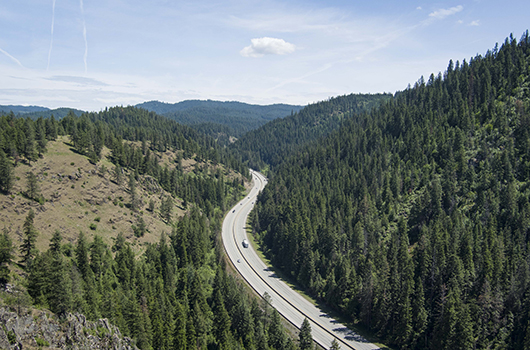
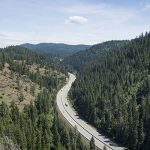
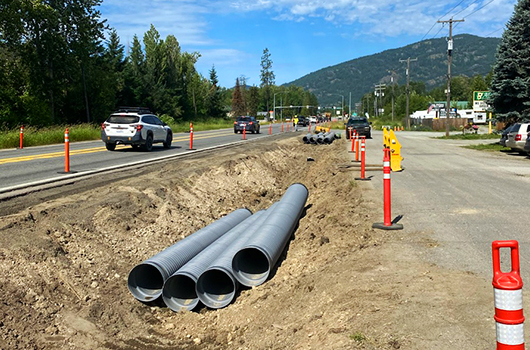
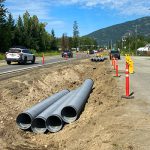

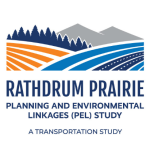
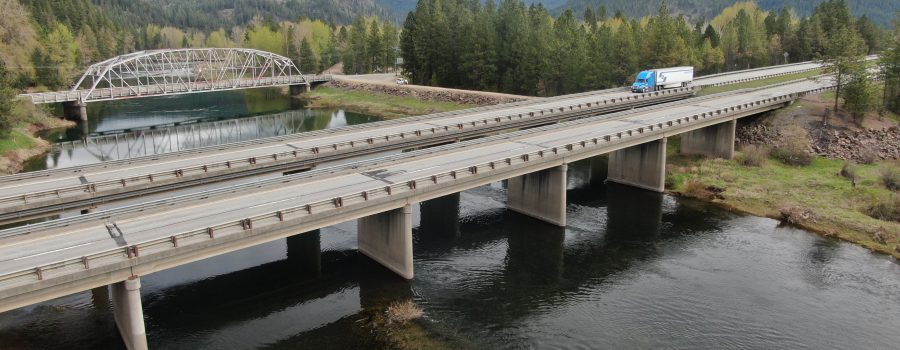
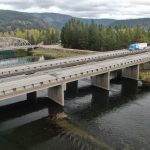
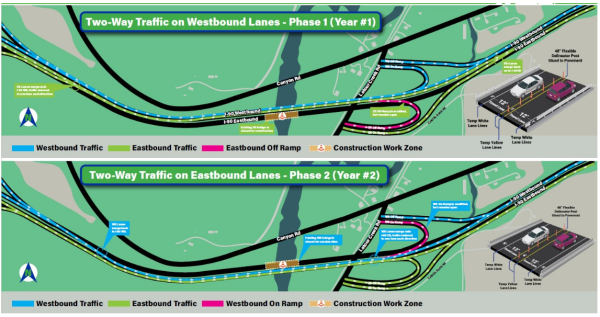
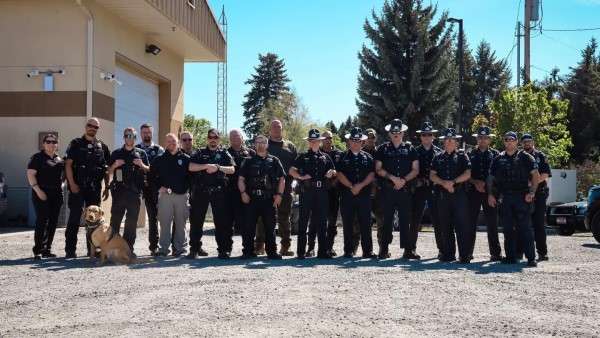
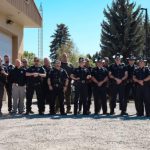
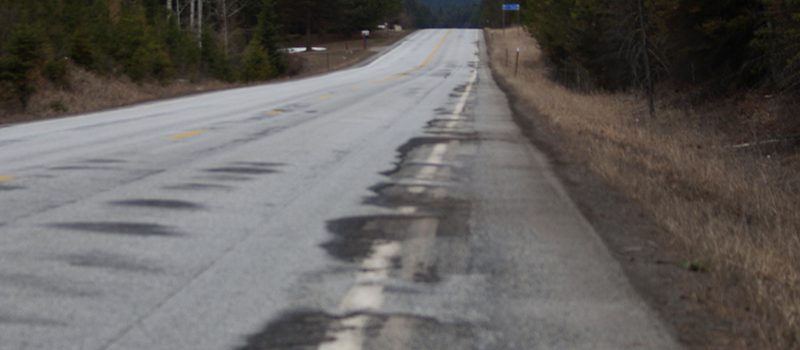
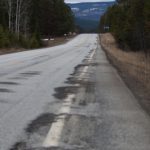
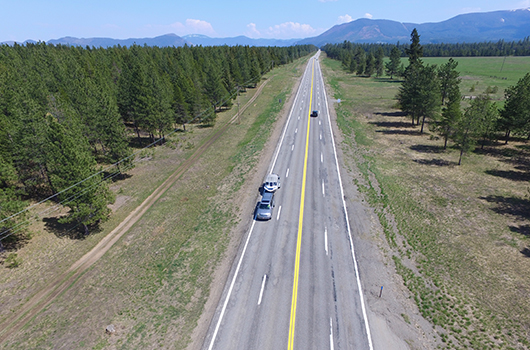

 Work begins today on SH-54 east of Athol on a minor paving improvement project ahead of sealcoat work later this summer.
Work begins today on SH-54 east of Athol on a minor paving improvement project ahead of sealcoat work later this summer.